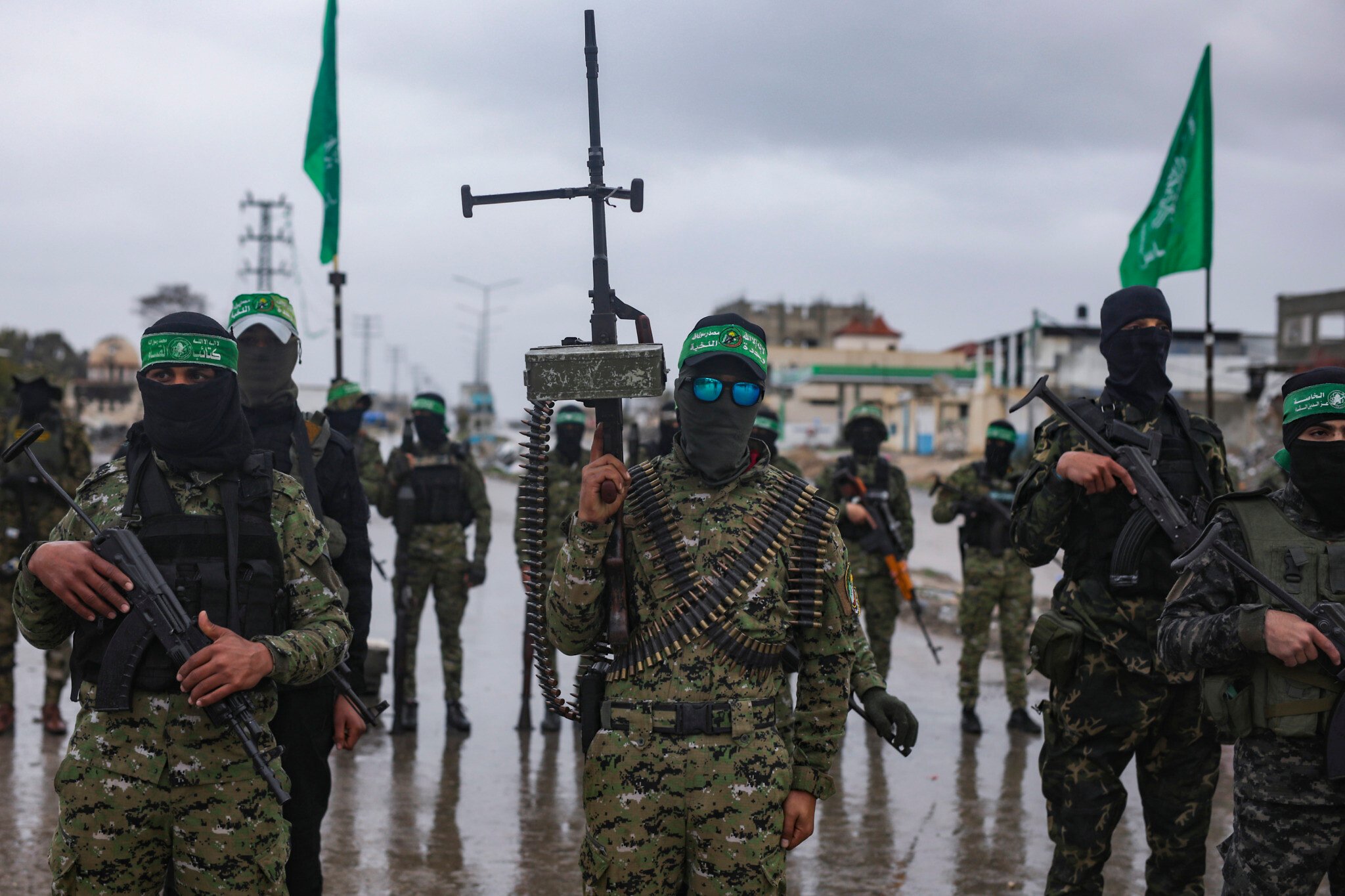
Tel aviv, Israel – Under mounting international pressure, Israel has implemented daily tactical pauses in military operations across select areas of Gaza, establishing designated “safe routes” to facilitate humanitarian aid delivery. The move comes amid escalating reports of a horrific hunger crisis, described by the UN as reaching famine-like levels in parts of the enclave.
The Israel Defense Forces (IDF) confirmed daily pauses from 10 a.m. to 8 p.m. local time in parts of Gaza City, Deir al‑Balah, and Al‑Mawasi. Secure corridors for aid convoys, operating from 6 a.m. to 11 p.m., were also introduced, ensuring land-based deliveries can proceed with reduced risk. These measures were coordinated with the UN, WFP, UNICEF, and international aid organizations seeking immediate relief access.

Israel emphasized that while these pauses allow aid to flow, combat operations continue in other areas and it categorically denied accusations that it is using starvation as a weapon—labeling them propaganda.
According to the World Food Programme, over a third of Gaza’s population—some 700,000 people—are going days without food. Approximately 1.25 million face life-threatening hunger (IPC Phase 5). Nearly 100,000 women and children suffer from severe acute malnutrition and require urgent treatment. The Gaza Health Ministry records at least 133 deaths from malnutrition in July alone, including 87 children, as official aid remains insufficient. The WHO reports 21 children under age 5 have already died from starvation and malnutrition-related illnesses in 2025—and malnutrition centers lack supplies. UN staff in Gaza report that many humanitarian workers have fainted from hunger and exhaustion in the last 48 hours. Since May, aid convoys and distribution points—including those run by the Gaza Humanitarian Foundation—have seen over 1,000 Palestinian deaths in chaotic, often violent crowding and shooting incidents.


Despite the new pauses, aid flow remains far below what’s needed:
UN agencies estimate Gaza requires at least 120 aid trucks daily—but only a fraction of that number is entering, leaving relief piles stuck at crossing points in Jordan and Egypt. Aid delivered so far includes limited air-drops, such as airdrops of flour, sugar, and canned foods, plus joint efforts by Jordan and the UAE. Still, those methods are widely criticized as inefficient and.
UN officials and humanitarian leaders described the situation as apocalyptic, warning that the humanitarian pauses are a start—but not a solution: full corridors and sustained access are urgently needed. Some international leaders, including India, have called for a permanent ceasefire and immediate access for relief convoys, branding current conditions a breach of international law. Israeli officials blame UN inefficiency and attribute starvation claims to Hamas propaganda, while maintaining the responsibility for food distribution rests with international agencies—not the IDF.

From the UN’s perspective, this pause is a critical but insufficient step:
“Until we have that stability of assistance, this is going to be really difficult to control the situation on the ground,” WFP’s Ross Smith emphasized, warning that food assistance is currently the only lifeline for Gaza populations facing famine-like conditions.
Israel’s tactical pause in parts of Gaza marks a significant shift—but it’s being overshadowed by the scale of the crisis on the ground. With hunger spreading rapidly and thousands already dead, the measures fall far short of addressing Gaza’s catastrophic needs. Humanitarian leaders caution that only sustained, full access can save lives before famine crosses irreversible thresholds.






2 Comments
Hey newyorkbudgets.com,
You’re providing insightful content for your readers.
We support website owners and bloggers to get genuine, niche-specific traffic and convert visitors into potential clients. Using the same method that reached you — posting focused blog comments and contact form messages in your niche and location — our chatbot engages these visitors automatically to capture leads efficiently.
As a special offer, if you purchase our chatbot service (normally $69, now $49), simply tell us your website, and we will take care of the comment and contact form service for you. We’ll create 1,000 niche-specific entries to bring visitors interested in your niche and location — by country or even by city.
We provide chatbots for many niches: all-purpose bots, real estate, dental, education, hotels & tourism, bars, cafés, automotive, and more.
See the full system here: https://chatbotforleads.blogspot.com/ — it shows clearly how the traffic and lead generation works in action.
Many thanks for taking a moment to read this, and Hope this can bring some value to your audience and business.
Greetings newyorkbudgets.com,
You’re providing very useful content for your readers.
We help website owners and bloggers to get real, targeted traffic and convert visitors into potential clients. Using the same method that reached you — posting focused blog comments and contact form messages in your niche and location — our chatbot engages these visitors automatically to capture leads efficiently.
As a special offer, if you purchase our chatbot service (normally $69, now $49), simply tell us your website, and we will manage the comment and contact form service for you. We’ll create 1,000 targeted comments or submissions to bring visitors interested in your niche and location — worldwide.
We provide chatbots for many niches: all-purpose bots, real estate, dental, education, hotels & tourism, bars, cafés, automotive, and more.
See the full system here: https://chatbotforleads.blogspot.com/ — it shows exactly how the traffic and lead generation works in action.
Many thanks for taking a moment to read this, and Wishing you and your website continued success.